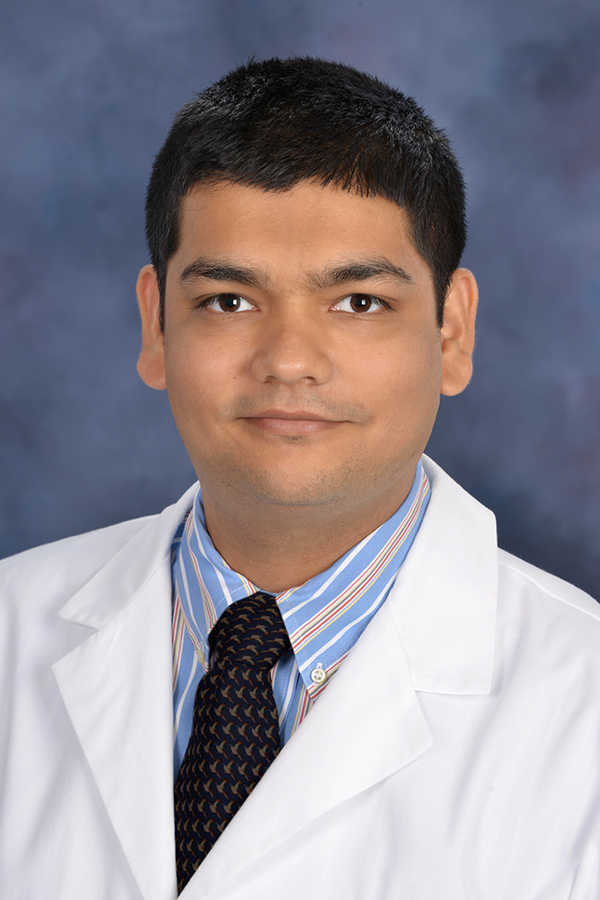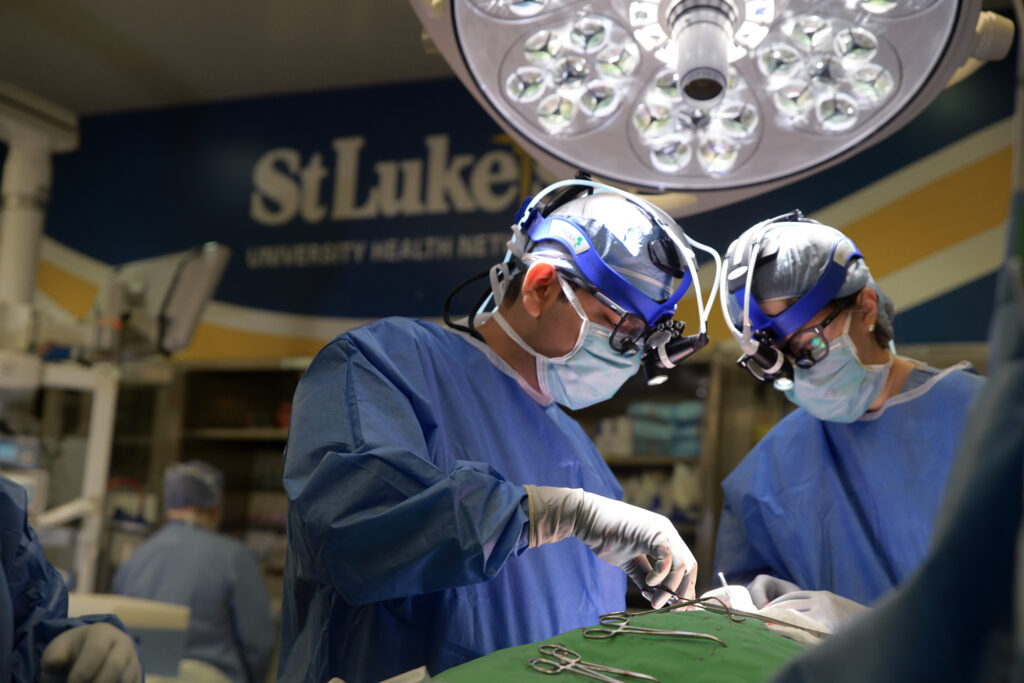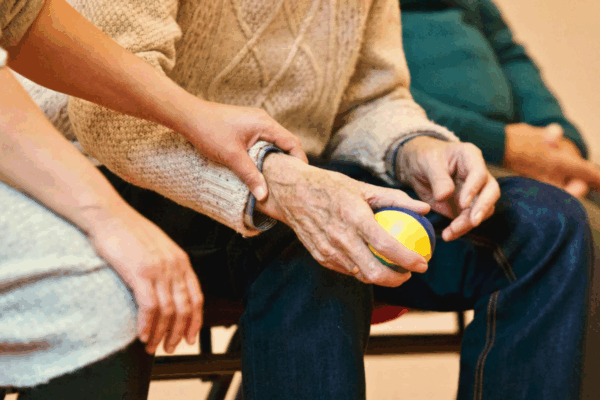Lehigh Valley residents are aware that our risk of developing heart disease and stroke increases as we grow older. You might even know they are caused by a build-up of fatty material in your arteries—atherosclerosis. But did you know that the same material can accumulate in vessels throughout your body, especially your legs and feet? If this occurs, you may have pain due to peripheral artery disease (PAD), said vascular surgeon Sharvil Sheth, MD, of St. Luke’s Vascular Center.

Vascular Surgeon
“Thankfully, most often when we diagnose PAD, it is a milder version that we can treat through medical therapy and lifestyle modification, such as walking, a healthy diet, lowering cholesterol, and stopping smoking,” he said. “I want to reassure most patients that you’ll be just fine, but you must make sure you follow your doctor’s instructions.”
Like other forms of cardiovascular disease, PAD prevalence increases with age. About 20% of people over age 75 have some degree of PAD, defined as the narrowing or blockage of the vessels that carry blood from the heart to the legs. While it can happen in any blood vessel, PAD is less common in the arms.
According to the Centers for Disease Control and Prevention, about four in 10 people with PAD have no leg pain. Dr. Sheth said a lot of patients are uninformed about PAD and attribute their leg pain to arthritis or a bum knee.
If you suspect you have PAD, talk with your primary care physician, who can use a combination of your medical history, a physical exam, and simple tests to diagnose PAD. A quick, painless ankle-brachial index (ABI) test, which compares the blood pressure in your ankle to the blood pressure in your arm, can be a useful way to determine if you have PAD.
“The most common symptom that I deal with is, ‘Doc, I have pain when I walk. I want to walk more. What can I do?’”
While it seems counterintuitive, walking is the best treatment for PAD, he said. PAD restricts blood flow to muscles in your legs, so painful cramping occurs. Regular walking forces your leg muscles to make new blood vessels, progressively improving blood flow and PAD symptoms.
Dr. Sheth recommends 30 minutes five times a week or more. But if you have other health conditions that prevent that duration, he advises walking for any amount of time you can handle, even for a few minutes, three to four times a day. Patients often benefit from a structured exercise program; he recommends the St. Luke’s Peripheral Artery Disease exercise therapy program.
You may have more advanced PAD if you have severe foot pain, especially at night, wounds that don’t heal or gangrene, a total lack of blood flow that causes toes or other parts of your foot to become red and swollen or black with loss of feeling.
The typical treatment for more advanced PAD ranges from angioplasty and stent placement to bypass surgery. Most patients can be treated with minimally invasive catheter-based outpatient procedures, where a tiny balloon on a tube is delivered to and placed across the blockage. It is inflated to widen the artery and improve blood flow. A small wire mesh tube, called a stent, is then placed in the artery to keep the artery open.
However, some patients will need traditional bypass surgery to restore blow flow if blockages are very extensive.
Left untreated, PAD can progress to the point where blood flow is completely blocked and could lead to amputation. Fortunately, St. Luke’s offers limb-saving procedures (see below).
The St. Luke’s Vascular Center has several offices across the greater Lehigh Valley and surrounding areas. To schedule an appointment with Dr. Sheth or another vascular surgeon, call 484-503-8281.

St. Luke’s Offers Peripheral Artery Disease (PAD) Exercise Therapy
St. Luke’s PAD Exercise Program is a medically-supervised outpatient exercise and education program for patients recently diagnosed, or who have a long history of PAD symptoms, or have undergone vascular procedures and continue to have symptoms. Physicians, nurses, physical therapists, and exercise physiologists lead patients through a goal-oriented exercise program in state-of-the-art fitness facilities at eight cardiopulmonary and vascular rehabilitation locations. They provide exercise, nutritional habits, smoking cessation, and relaxation. Call 1866-STLUKES (785-8537), option 4.
St. Luke’s Offers Advanced Treatments for Patients at Risk of Amputation
One-in-20 people diagnosed with peripheral artery disease (PAD) could be at risk for amputation, said vascular surgeon Sharvil Sheth, MD, of St. Luke’s Vascular Center, so St. Luke’s offers the most cutting-edge procedures to preserve feet and legs for people whose PAD has progressed to advanced levels.
“With these new minimally-invasive procedures, we can give hope to even those patients who previously had no other options,” he said. “This is important because once a patient has an amputation, their quality of life is affected. They lose their independence and become depressed. Particularly for an elderly patient, amputation can lead to a downward spiral that they may not be able to survive.”
These procedures are only offered to patients who have exhausted all other options and are progressing towards a major amputation, he said. It requires coordination between the vascular team, foot doctors, and wound care specialists for close follow-up care.
Rather than travel to Philadelphia or New York, patients can see their St. Luke’s vascular surgeon at one of their 10 outpatient offices across the greater Lehigh Valley.
“For patients who have no other options, we are pleased to offer these more advanced technologies,” he said. “We are the only comprehensive Heart & Vascular Center in the region that offers patients with peripheral artery diseases a full spectrum of treatment options. And we offer services at multiple locations close to our patients’ homes.”






